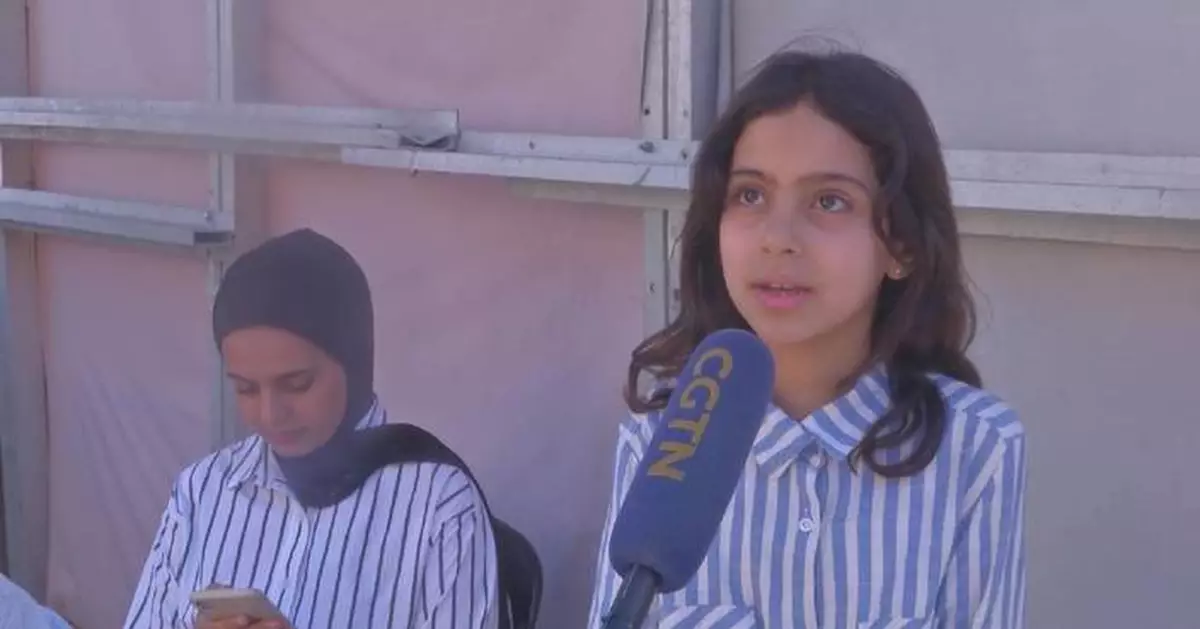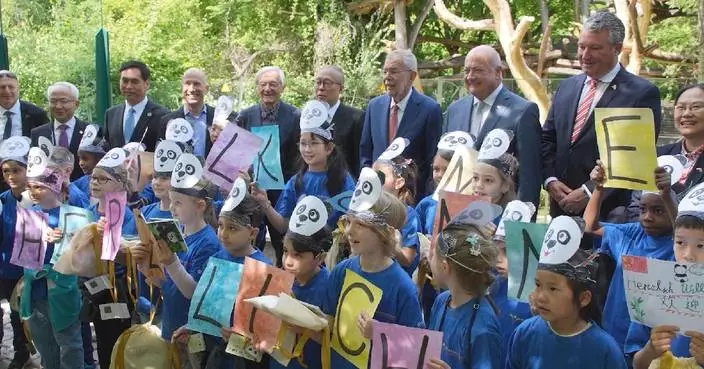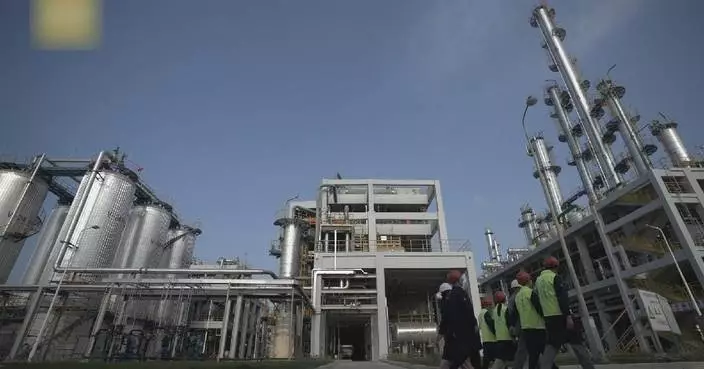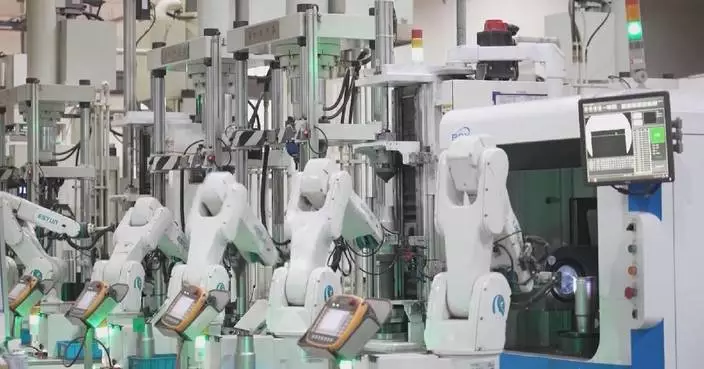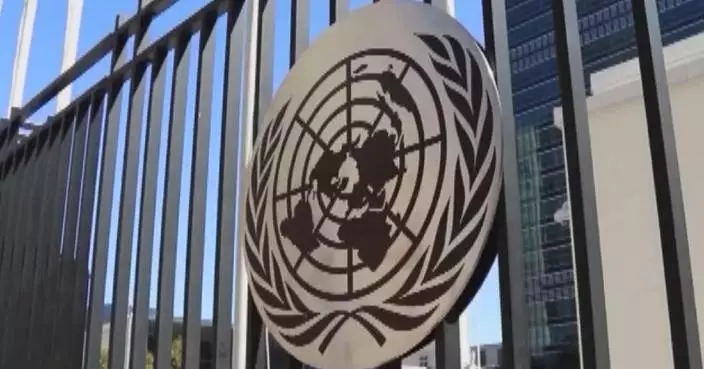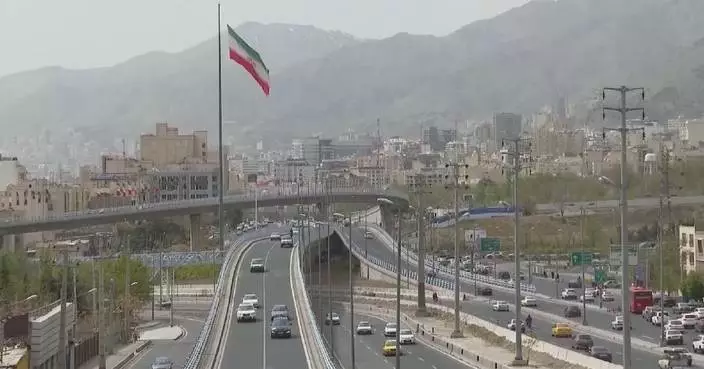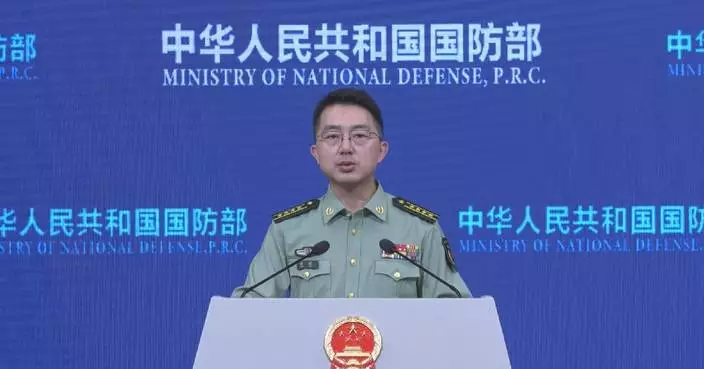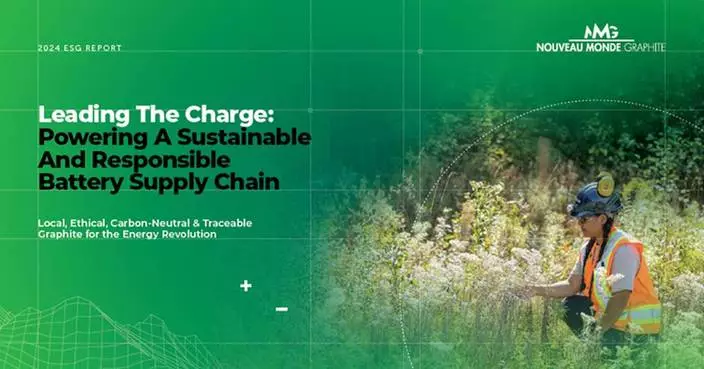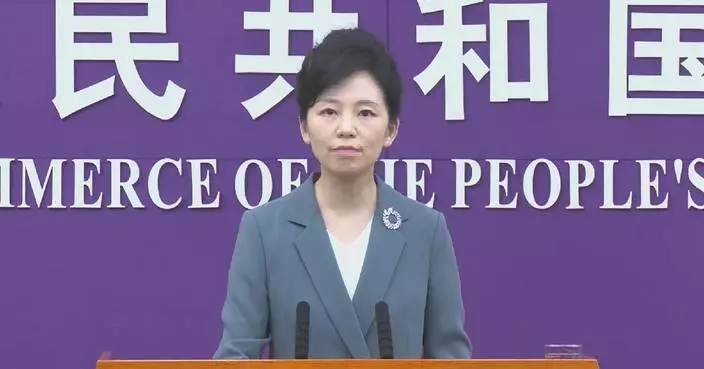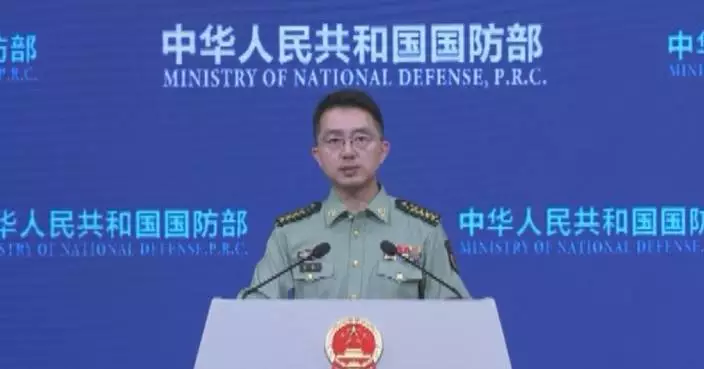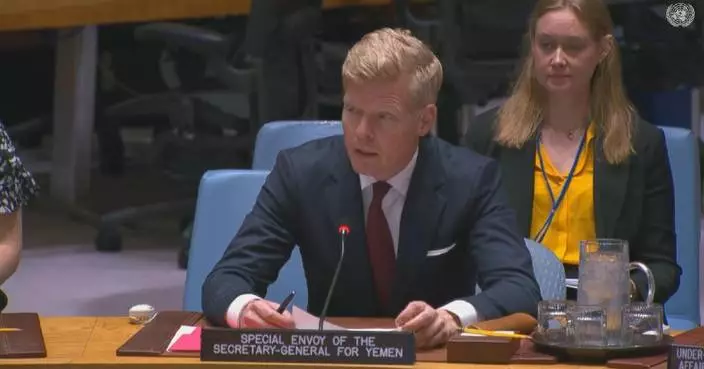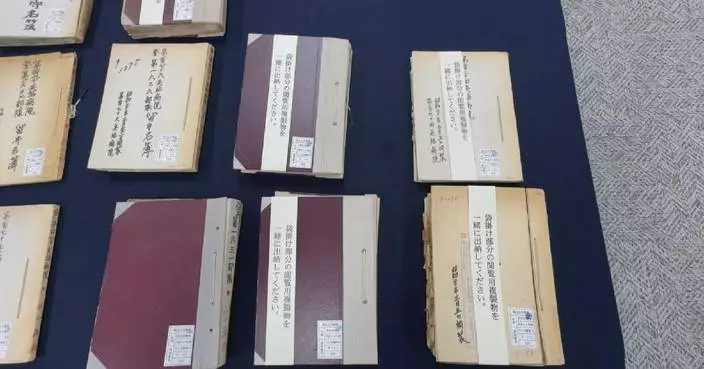Eleven-year-old Renad Atallah in the war-torn Gaza Strip has been posting vlogs about food and sharing her daily life on social media.
Although Israel has destroyed most of the infrastructure in Gaza, including hospitals, schools, electricity lines, water supplies and communications since the conflict began in last October, internet service has recently resumed in some areas.
Palestinians are taking advantage of the Internet availability to share what's happening in the region. Vloggers are also reporting on topics ranging from news to daily life.
In central Deir al-Balah city, filled with camps for displaced Palestinians, Renad took advantage of an open space on the roof of their house to make videos about food and how to cook them.
Despite the Israeli drones circling above the city all day, she manages to file a new video at least once a week.
The media journey began when Renad received a food aid package and filed a video unboxing the package and inspecting the contents. She posted the video on Instagram, and it reached 3 million views in less than a day.
"The idea of making food from canned food aid comes from what is available in the markets. My sister, a nutritionist, helps me, and I cooperate with her to produce food. We produce videos twice a week, and this depends on the availability of electricity and the Internet, because it is very difficult to obtain them in these circumstances," she said.
The number of Renad's followers has increased as she shares her cooking skills.
Nourhan Atallah, Renad's older sister, is a pharmacist and nutritionist and helps provide critical information.
"During the six-month period, we were exposed to preservatives found in canned food and the same type of food, so symptoms of diseases associated with them began to appear, especially for children and pregnant women. Unfortunately, there is no treatment available for it in our region at the present time, and this has led to complications that have reached the point of death for some patients due to that," she said.

11-year-old food vlogger shares life in Gaza Strip
Bishan District in southwest China’s Chongqing Municipality is setting a new benchmark in urban drainage through its innovative "sponge city" model.
Bishan District was selected in February 2017 as a pilot for climate adaptation, and has developed itself into a sponge city.
By utilizing permeable bricks, the ground is enabled to absorb water more effectively, enhancing natural infiltration. In addition, rain gardens function as natural reservoirs, while school rooftops have been transformed into verdant green spaces.
Overall, this innovative approach not only helps mitigate urban flooding, but also contributes to improving the local microclimate -- an exemplary model of ecological urban development.
"What is a 'sponge city'? It's an urban development concept that treats the city like a giant sponge -- absorbing water when it rains and releasing it when needed. The system is highly flexible," said Tang Chuandong, a planning designer of the Western Branch of the China Academy of Urban Planning and Design.
Over the recent years, Bishan District has developed mini sponge systems.
"Solid buildings and hard ground aren't very adaptable when it comes to climate change. For that reason, we incorporated sunken areas into industrial park designs to create rain gardens -- mini ecological sponge systems," Tang said.
When it rains, water is collected in these gardens and is filtered through vegetation, soil and sand layers before being stored in underground tanks. Multiple small sponge systems beneath large buildings help disperse, manage and store rainwater more effectively. Additionally, Bishan District's sponge city initiative has made the ground more permeable.
"We've laid permeable bricks with a certain porosity. This allows rainwater to seep into the ground, thereby reducing surface water buildup," said Tang.
Tang also highlighted the ecological benefits of transforming school rooftops into lush green spaces.
"Typical rooftops are just bare concrete. But when building a sponge city, like here at the school, aside from the greenery around us, we also green the rooftop. The area most exposed to sunlight is our rooftop, right? We turned the roof into a green sponge system by laying down soil, scattering seeds, and growing grass. It's like giving the rooftop a 'green jacket'. Doesn't it feel cooler?" he said.
"Don't underestimate the small green roof. As the Chinese saying goes, 'No good deed is too small to be done.' One roof may have limited impact, but if many buildings, or an entire city, adopt green roofs, the effect on urban climate regulation could be extremely substantial," said Tang.
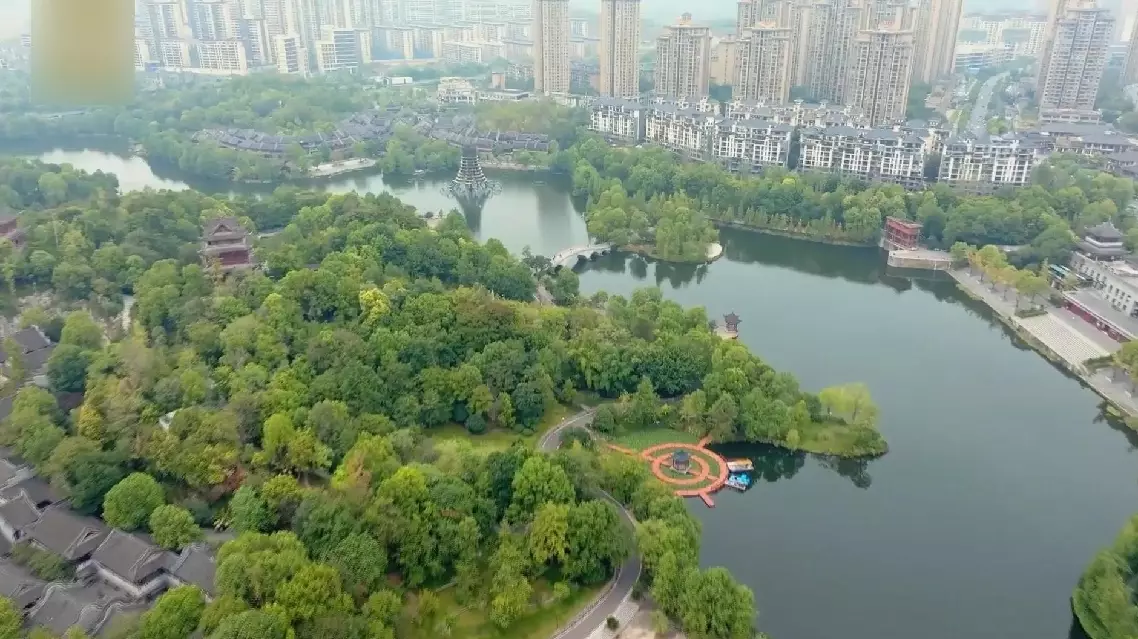
China's Chongqing innovates urban drainage with "sponge city" model



